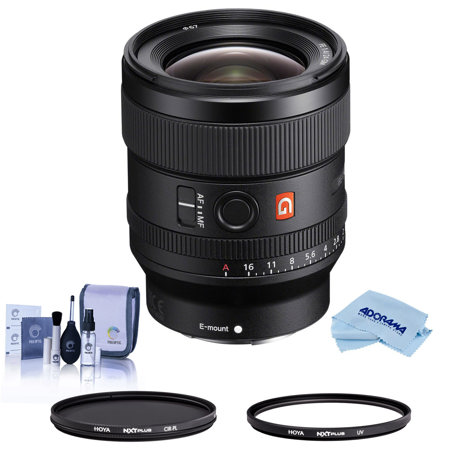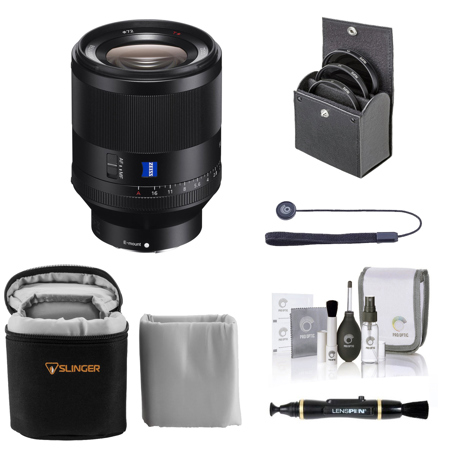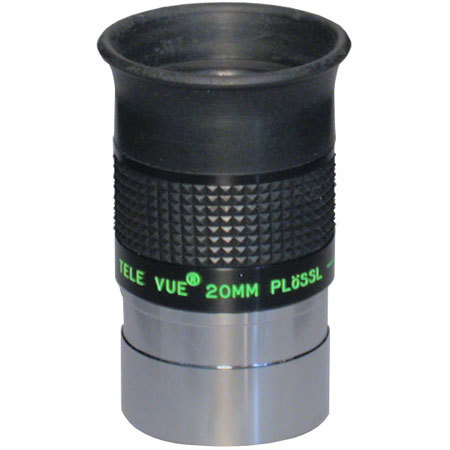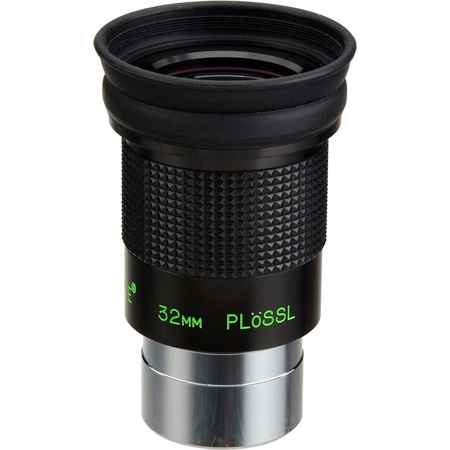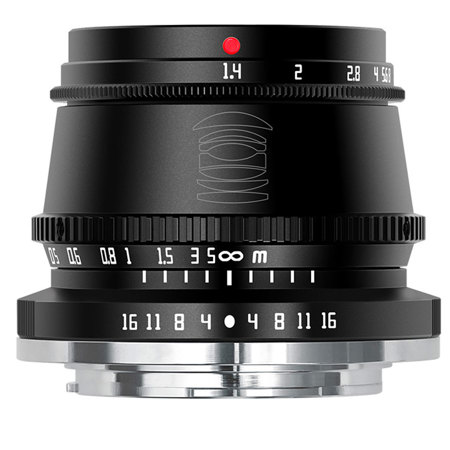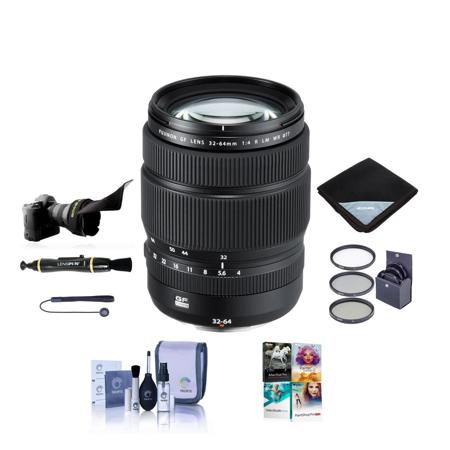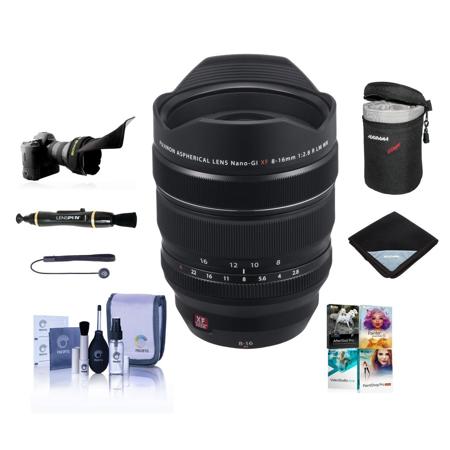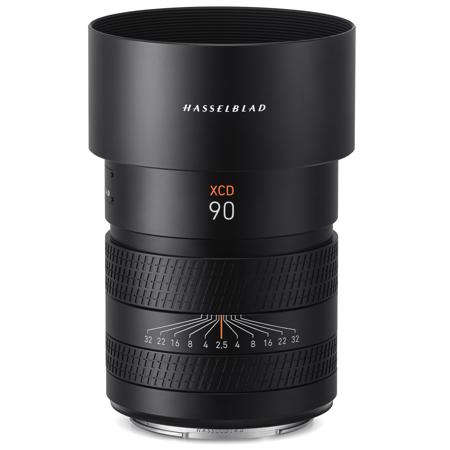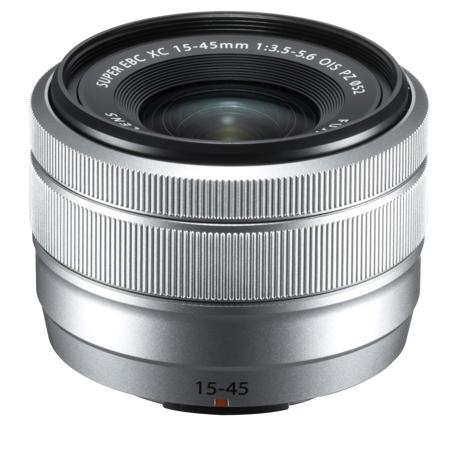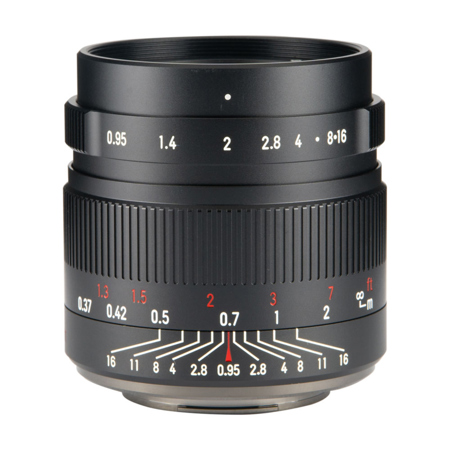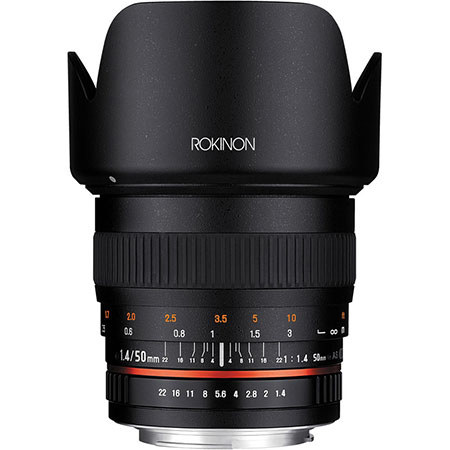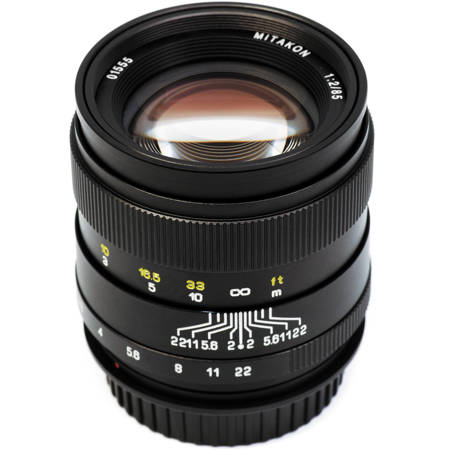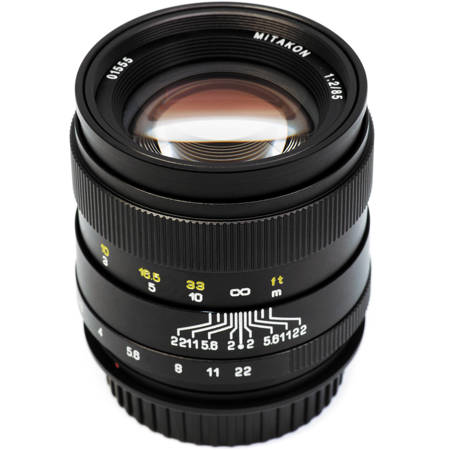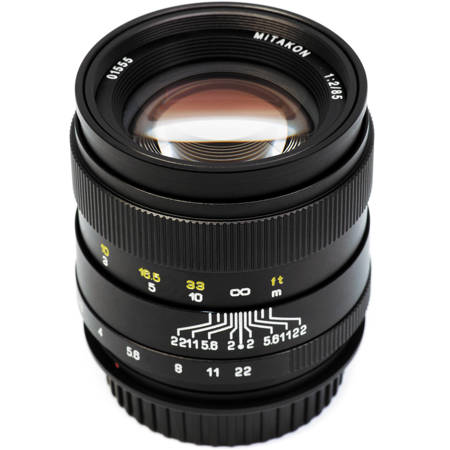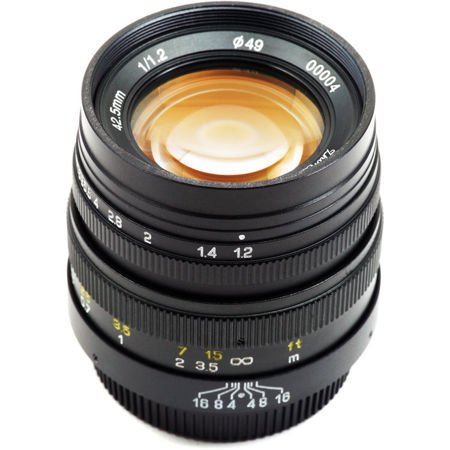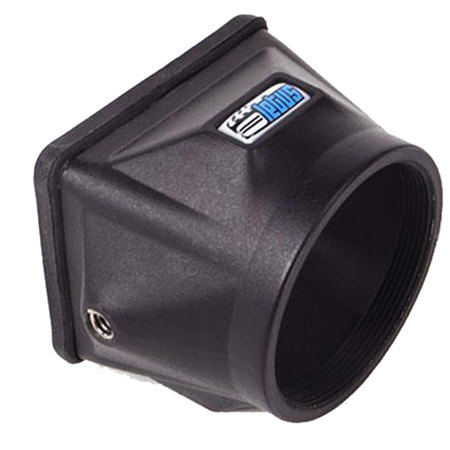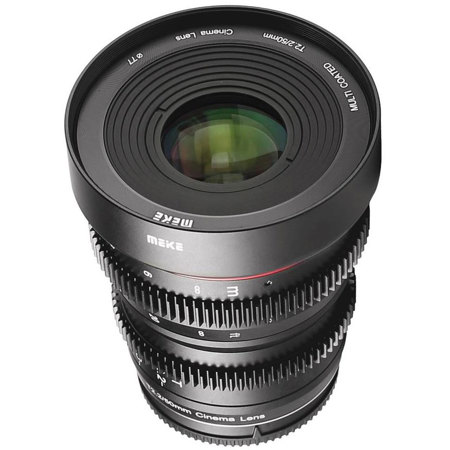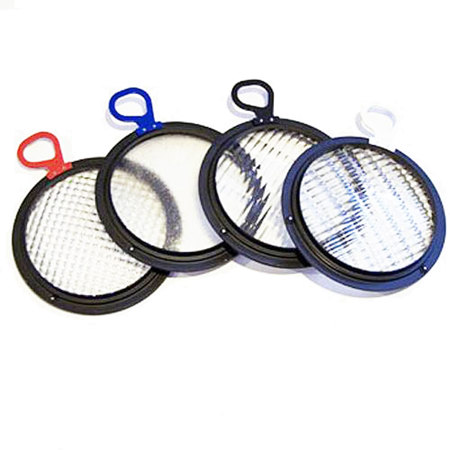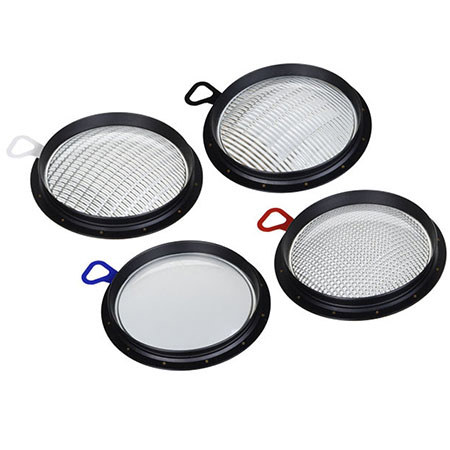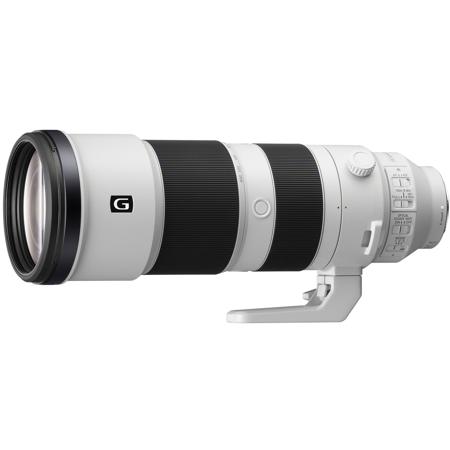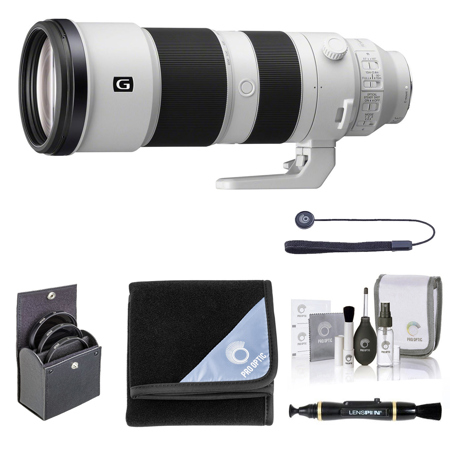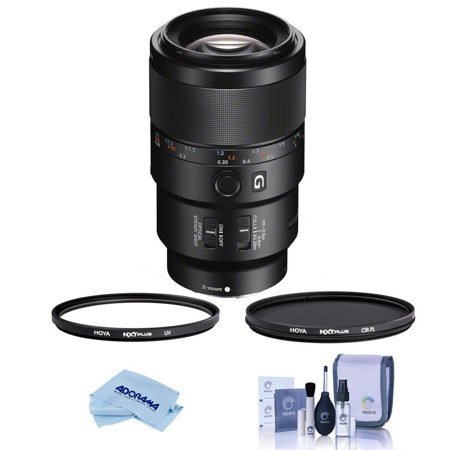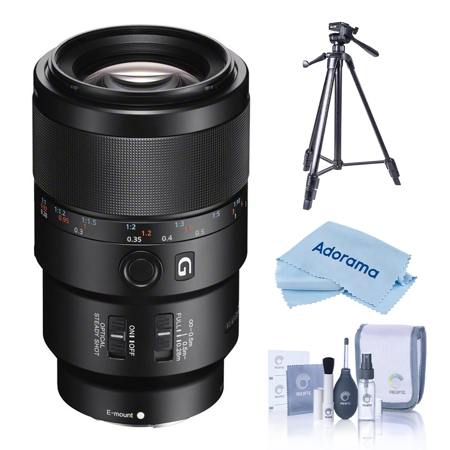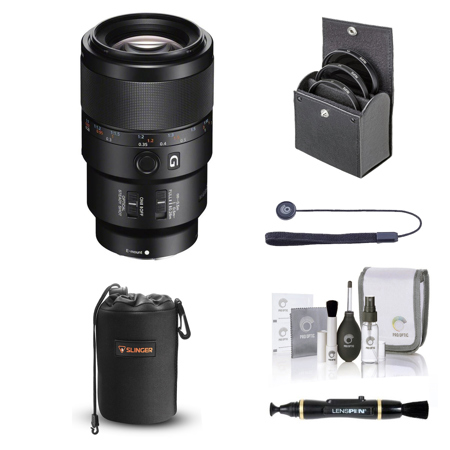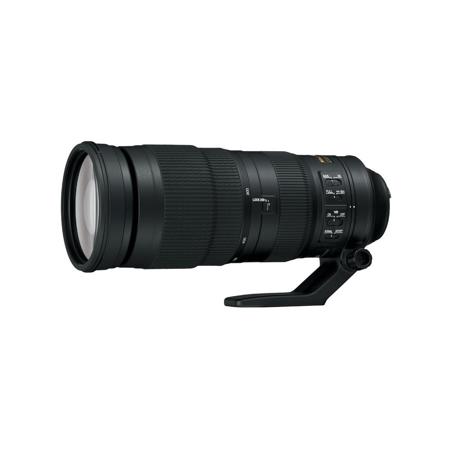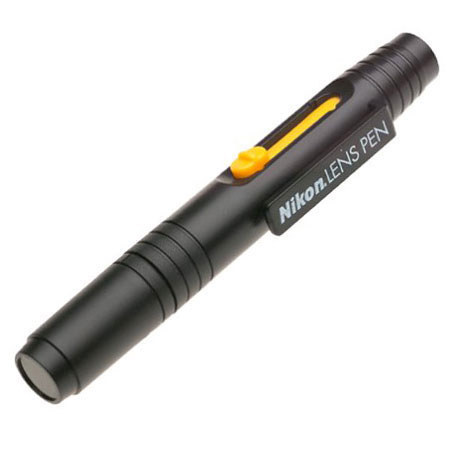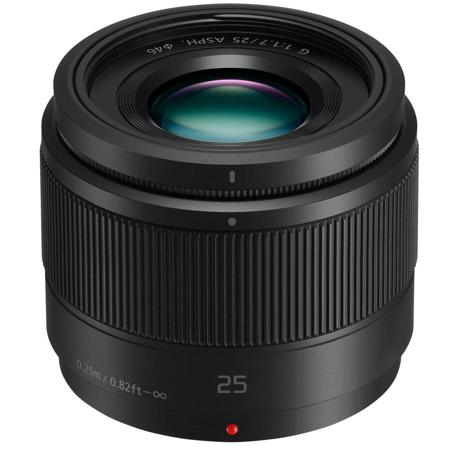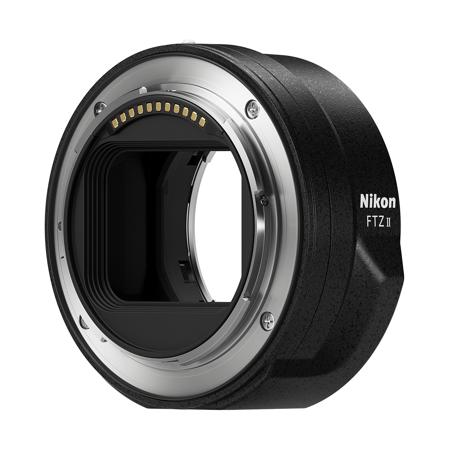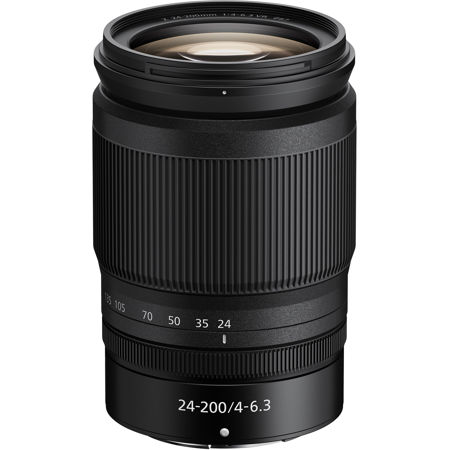Lens Groups
As spring unfolds, bringing with it the vivid blossoms and the soft, golden light of the longer days, photographers and videographers alike find renewed inspiration in the world around them. This season of renewal and growth is an ideal time to explore the diverse world of lens groups, each designed to capture the unique beauty and fleeting moments of our surroundings. Whether you are a professional photographer looking to expand your toolkit or a hobbyist eager to experiment with different perspectives, understanding the nuances of various lens groups can profoundly influence your photographic journey. From wide-angle lenses that embrace vast landscapes to macro lenses that reveal the intricate details of a dew-soaked petal, each type of lens opens up new possibilities for creative expression.
For those considering a thoughtful gift for a photography enthusiast, or perhaps treating themselves to a new piece of equipment, lenses are a gateway to new levels of creativity. Imagine a young couple, embarking on a springtime road trip, equipped with a fisheye lens that curiously distorts vast mountain ranges into whimsical shapes, or a group of friends capturing the laughter around a backyard barbecue with a high-quality portrait lens. Each lens group serves a distinct purpose and choosing the right one depends on understanding the photographer’s style, the subjects they are most passionate about, and the conditions in which they typically shoot. For instance, sports photographers benefit immensely from telephoto lenses that can capture distant action without disturbing the scene, while documentary photographers might prefer a versatile zoom lens that adapts quickly to changing environments. In each case, the choice of lens not only affects the quality of the photographs but also the storytelling power of each shot.
For those with a penchant for nostalgia or the allure of timeless photography, exploring Classic Lenses can be particularly rewarding. These lenses often carry the charm of past eras, each with its own character and optical idiosyncrasies that modern lenses typically do not replicate. Photographers who choose to shoot with classic lenses are often drawn to the unique renderings of light and color, the gentle softness, or the distinct vignette that can add a profound depth and emotion to photographs. The use of such lenses is akin to stepping into a different time, where each click of the shutter is a nod to the photographers who have come before, and each image produced is a piece of history captured anew. As the seasons change, the lenses we choose become not just tools, but companions in our ongoing exploration of the visual world, each lens offering a different narrative thread in the tapestry of our photographic expressions.
For those considering a thoughtful gift for a photography enthusiast, or perhaps treating themselves to a new piece of equipment, lenses are a gateway to new levels of creativity. Imagine a young couple, embarking on a springtime road trip, equipped with a fisheye lens that curiously distorts vast mountain ranges into whimsical shapes, or a group of friends capturing the laughter around a backyard barbecue with a high-quality portrait lens. Each lens group serves a distinct purpose and choosing the right one depends on understanding the photographer’s style, the subjects they are most passionate about, and the conditions in which they typically shoot. For instance, sports photographers benefit immensely from telephoto lenses that can capture distant action without disturbing the scene, while documentary photographers might prefer a versatile zoom lens that adapts quickly to changing environments. In each case, the choice of lens not only affects the quality of the photographs but also the storytelling power of each shot.
For those with a penchant for nostalgia or the allure of timeless photography, exploring Classic Lenses can be particularly rewarding. These lenses often carry the charm of past eras, each with its own character and optical idiosyncrasies that modern lenses typically do not replicate. Photographers who choose to shoot with classic lenses are often drawn to the unique renderings of light and color, the gentle softness, or the distinct vignette that can add a profound depth and emotion to photographs. The use of such lenses is akin to stepping into a different time, where each click of the shutter is a nod to the photographers who have come before, and each image produced is a piece of history captured anew. As the seasons change, the lenses we choose become not just tools, but companions in our ongoing exploration of the visual world, each lens offering a different narrative thread in the tapestry of our photographic expressions.
